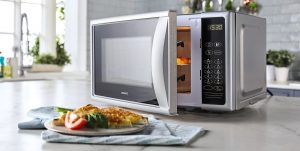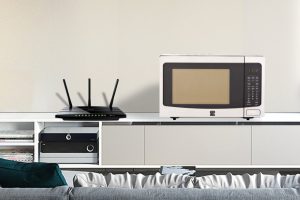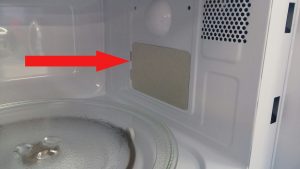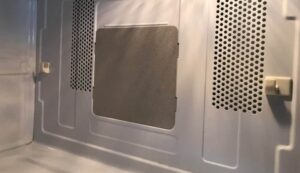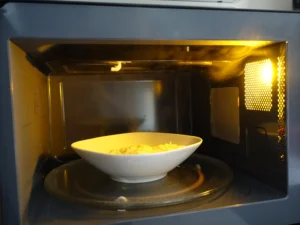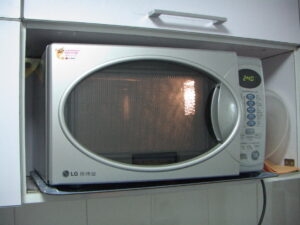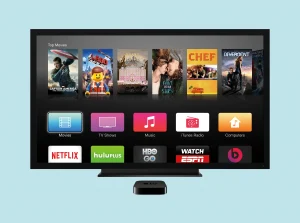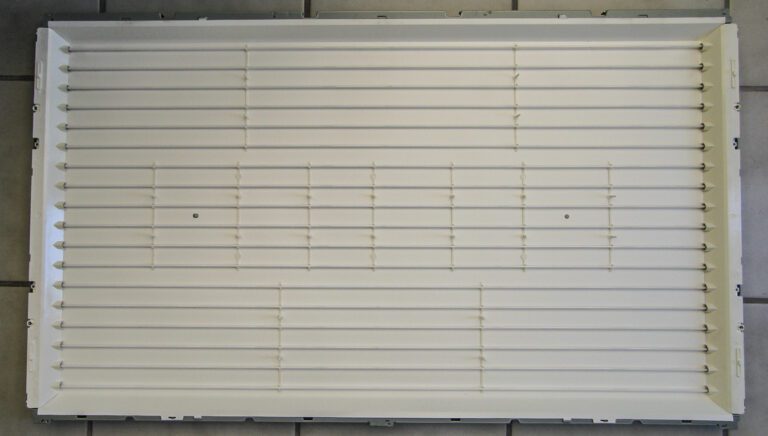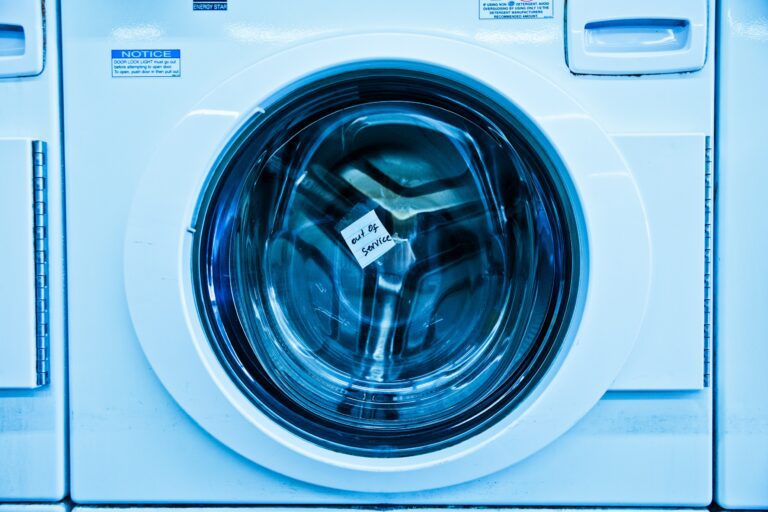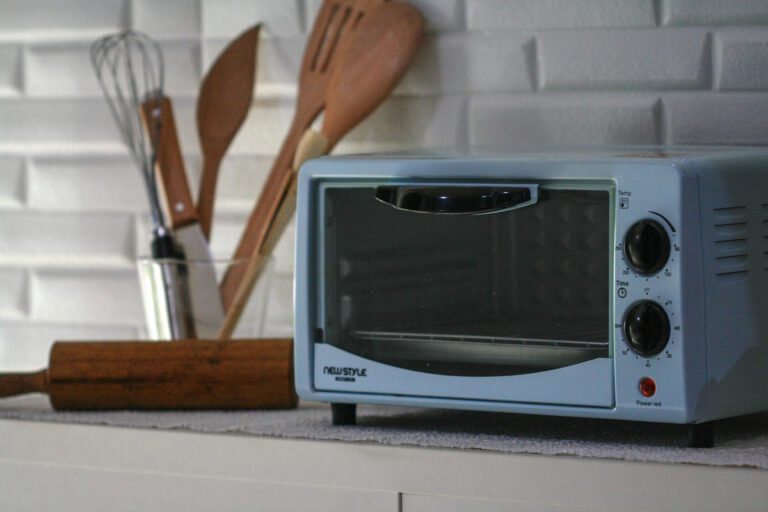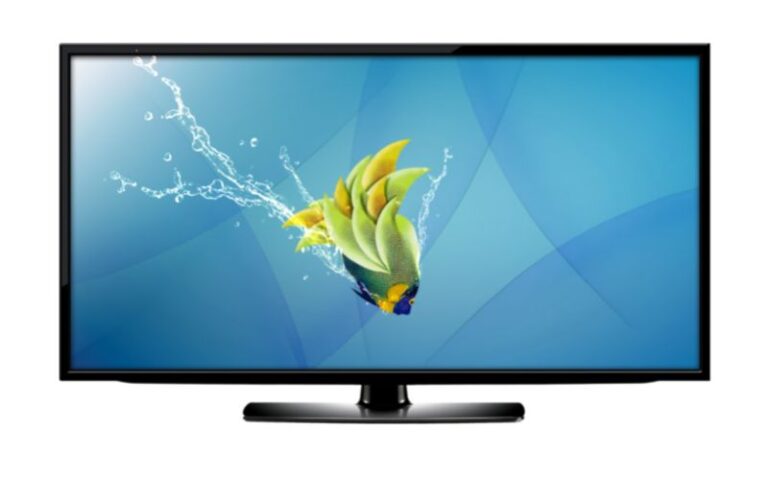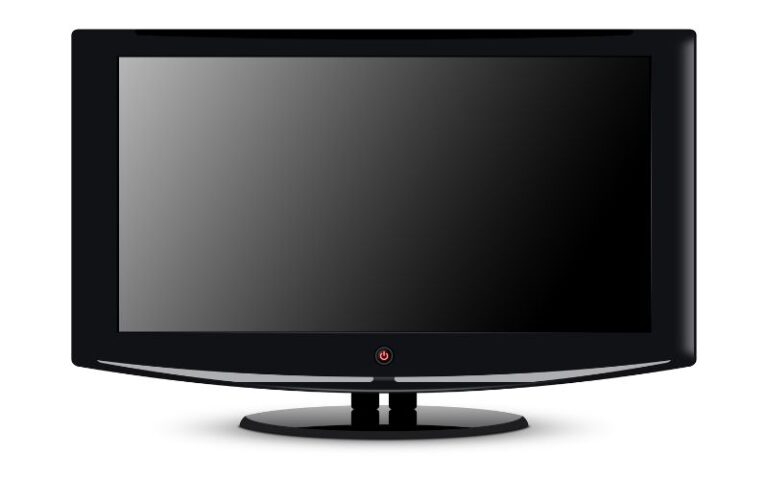Can You Use A Microwave Without The Waveguide Cover?
Among the few components of the microwave, one of the most delicate components to watch out for is the waveguide cover.
However, besides being so delicate and essential, the waveguide cover suffers a lot of damage.
So, like many, you may be tempted to assume that microwaving without the waveguide cover is no big deal.
However, over and again, the case is always a big deal. Hence the question remains: Can you use the microwave without the waveguide cover?
You can only use the microwave oven with the waveguide cover. The simple reason is that the waveguide cover is an essential accessory in microwaving. And since there is no alternative to the waveguide cover, you have no option but to use it. Plus, for safety, you can only use the microwave waveguide cover.
While the microwave is an excellent resource for heating food, many questions still beg for answers.
For instance, can I use the microwave oven without the waveguide cover? And so much more!
Of concern within this article are all such questions that beg for answers. So, prepare your mind and embark on a journey to gaining knowledge.
What Is the Function of a Waveguide Cover?
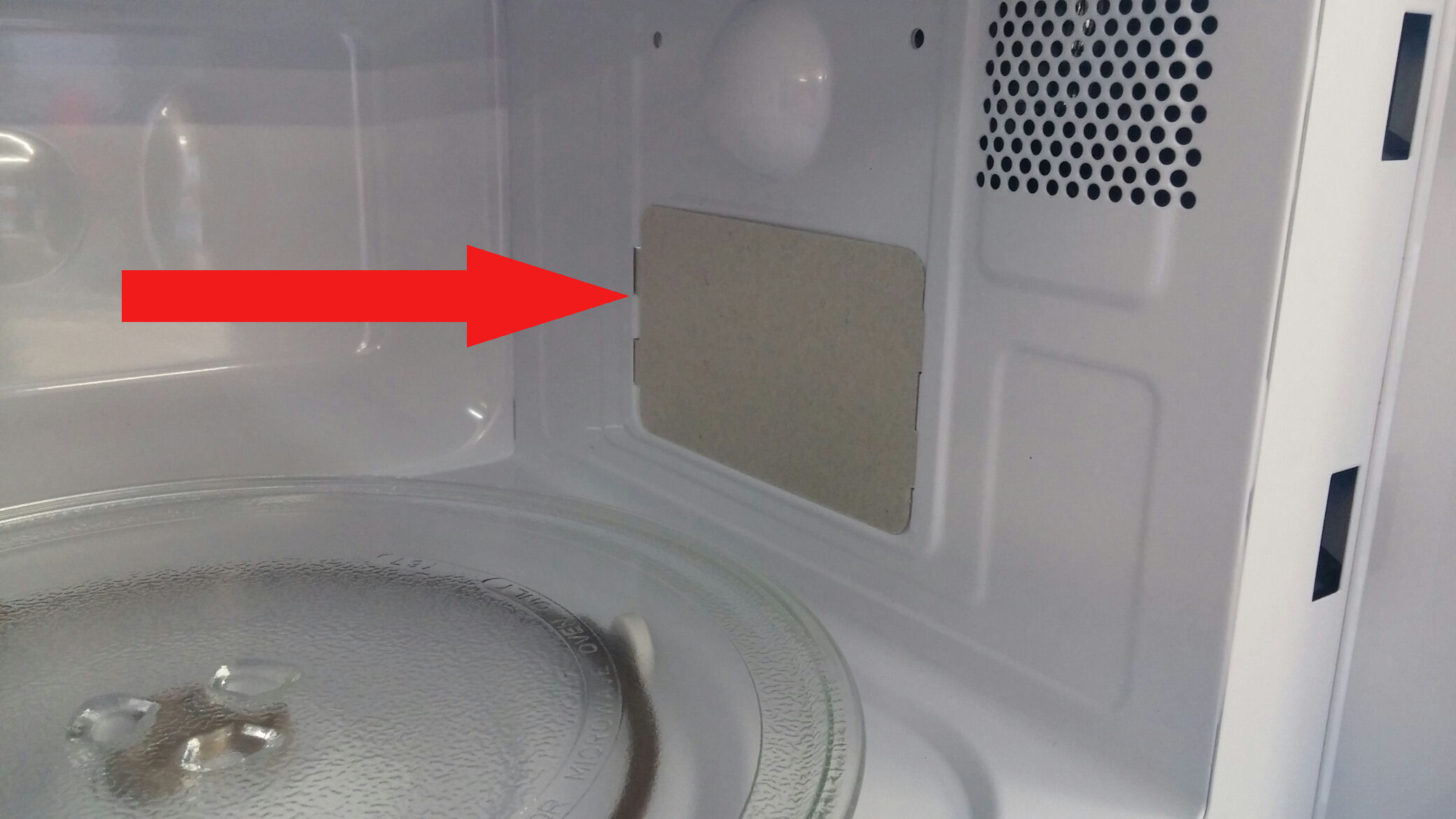
As the name implies, the microwave waveguide cover is a mica plate protective measure in a microwave oven.
The microwave waveguide cover is an intentional pre-installed component that stands to shield the microwave oven cavity.
Remember that microwaves do not heat food substances using latent heat like other traditional ovens.
On the contrary, microwaves use waves to excite the liquid molecule of the food content, thereby heating the food.
On the strength of the above working process, there must be a certain kind of innovation for such a process. Viola, that’s where the waveguide cover comes into play.
Additionally, the waveguide cover not only shields the oven cavity where the microwave comes from but is also a literal cover.
The microwave waveguide cover helps cover the microwave’s control panel. This way, you don’t risk food particles or moisture getting into the oven cavity to cause damage.
As a minor as it may seem, the service of the waveguide covering every microwave is the reason for its continued usage.
Just note that a lot can go wrong when operating the unit without the waveguide cover. So, unlike other microwave components, the waveguide cover isn’t just another added convenience.
Haven gotten details on the function of the microwave waveguide cover? Let’s get to see a few pros and cons.
The table below shows the pros and cons of the microwave waveguide cover.
| Pros | Cons |
|---|---|
| It comes in different shapes to fit the walls. | Mica plate is a brittle material. |
| It is easy to install and replace. | Demands constant check-ups and replacements. |
| They have good immunity to waves. | It shields waves with low frequency. |
| Waveguides are the best for handling microwaves. | It is a little more on the expensive side. |
Is It OK To Use a Microwave Without a Waveguide Cover?
Using the microwave oven without the waveguide cover is an utterly dangerous practice. So, you should not use the microwave without the waveguide cover.
Over and again, in our endeavors, one factor to always consider is safety. Therefore, for safety, you should only use the microwave with a waveguide cover.
The function of the waveguide cover in the microwave is too delicate such that you cannot afford to risk it. There are a few consequences to operating the unit without the waveguide cover.
Let’s proceed with a simple analogy of one implication of using the microwave without the waveguide cover.
The typical microwave case of arcing or sparking comes from a damaged waveguide cover.
If such a severe case results from the damage, how much more will result from operating the unit without the waveguide cover? Your guess is correct as mine.
The microwaving process is only safe with the waveguide cover. Once again, the waveguide cover isn’t an additional convenience to the microwave as you may likely assume it to be.
Also, remember that the microwave doesn’t work like the traditional oven. Microwave ovens don’t heat food substances with latent heat.
Based on the working process of the microwave, you cannot do without the waveguide cover. So, you can only work with the waveguide cover.
In totality, the function of the waveguide cover inside the oven is so delicate that you cannot make do without it.
So, just as the microwave oven instruction manual captures it, ensure the waveguide cover is in its best working condition.
Best put this way, “Do not operate this unit without the waveguide cover case.”
Can You Use Your Microwave With a Damaged Waveguide Cover?
A fault in the waveguide cover in the microwave can prove disastrous. For this reason, any issue relating to the microwave waveguide cover demands urgent attention.
In other words, operating the microwave with a damaged waveguide is a bad practice regardless of how minor the damage may be. Thank goodness you asked before proceeding.
In many ways than you can imagine, it will do you and the microwave better not to work with a damaged waveguide cover.
But the fact remains that the microwave waveguide cover suffers the most due to its function. Hence the reason for the multiple damages it is likely to encounter.
However, whenever there is any issue with the waveguide cover, your best resort is to replace the waveguide cover.
Sometimes, the waveguide cover may get burnt from overheating. Other times, food moisture will splash over it, causing it to get soft and crack afterward.
Whatever the case, you should not work with the microwave because of the state of the waveguide cover.
Note that the disaster resulting from the damaged waveguide cover is more than you can see.
For instance, if the waveguide cover becomes too flexible and allows moisture into the oven cavity, it becomes more extensive. The oven chamber becomes less efficient.
Plus, it will cost you more to fix the microwave’s integrity than a simple waveguide cover replacement.
A damaged microwave waveguide cover is similar to having a flat tire on your automobile. You cannot just continue using the vehicle under such a condition.
The bottom line of the subject matter is that, no matter how minor the damage on the waveguide cover may be, do not, for want of safety, use your microwave under such a condition.
Can You Replace a Damaged Waveguide Cover?
Certainly, yes, literally anyone can replace a damaged waveguide cover. All you’ll need is a few tips and the right set of tools to perform the task.
Unfortunately, the microwave waveguide often demands that you replace it at the slightest sign of damage.
Nevertheless, replacing a damaged microwave waveguide cover isn’t as complicated as it may seem.
On the contrary, it is a simple task that can be done completely personally without much stress.
You can decide to carry out the task yourself or call for professional assistance. However simple as it may sound, replacing a damaged waveguide cover has many complications.
The waveguide cover shields the oven cavity where the microwaving chamber, the control panel, and the electronic component of the unit are. You may distort another component, leading to a different matter.
Let’s look at the cost of replacing a waveguide cover and the DIY process.
Cost and DIY Process
Ordering a new replacement is the singular cost of replacing the waveguide cover inside the microwave. A microwave waveguide cover would cost $8 – $12, as per the location.
There is little to no cost when it comes to care and maintenance, as you only have a little to do.
So, in terms of care and maintenance, you only need to be cautious of the state of the waveguide cover.
Aside from the general cost of getting the new waveguide cover, another possible cost is the installation cost.
Changing the waveguide cover with a professional will cost more than doing the job yourself.
Below are a few tips to Do It Yourself.
- First things first, unplug the unit from the power supply.
- Proceed to unscrew the nuts/rivets from their place.
- Pull in the side of the plate to remove the waveguide cover. On removing the cover, clean the walls of the chamber.
- Line up the new waveguide cover. You must note that microwave guide covers vary, so you must know your microwave model to get the right cover. Click here to get one.
- Screw the nuts/rivets back into place.
- Viola, with caution and care, you have successfully replaced a microwave waveguide cover.
You May Also Like To Read
- What Does It Mean When A Microwave Gets Hot On The Outside?
- 5 Reasons That Microwave Plates Break!
- This is How Hot A Microwave Gets!
- Do Microwaves Interfere With Bluetooth? (Read This First)
- This is Why Microwaves Take Longer With More Food in Them!
- Can You Use A Microwave Without The Waveguide Cover?
References:



